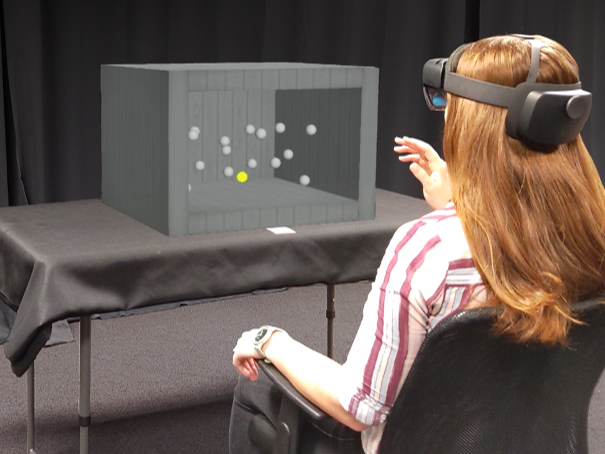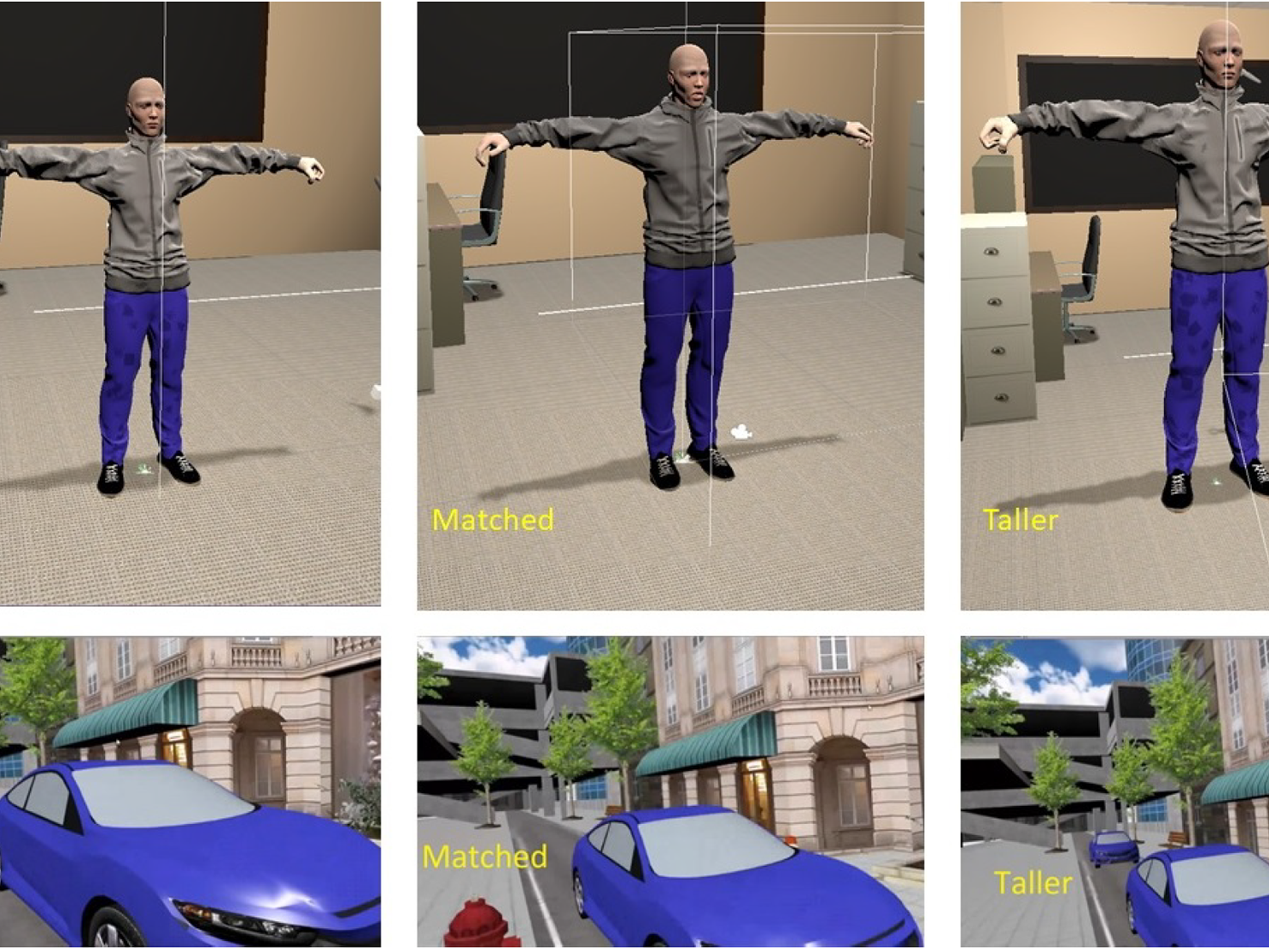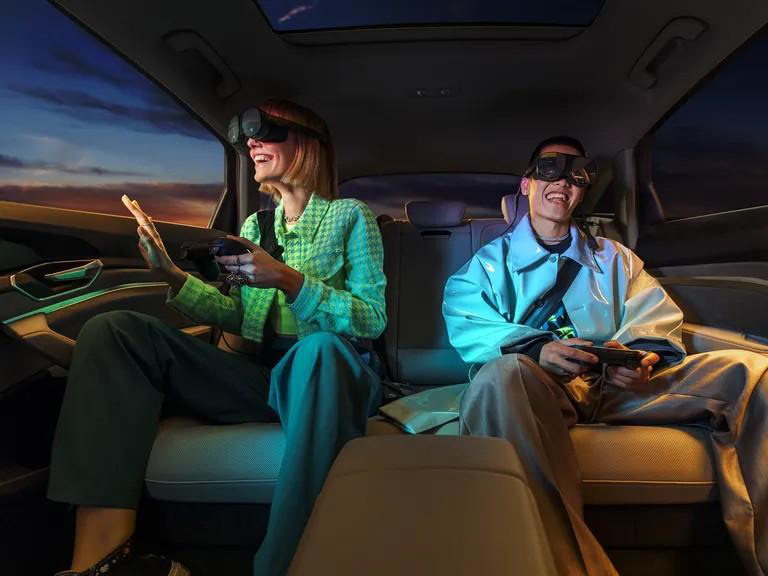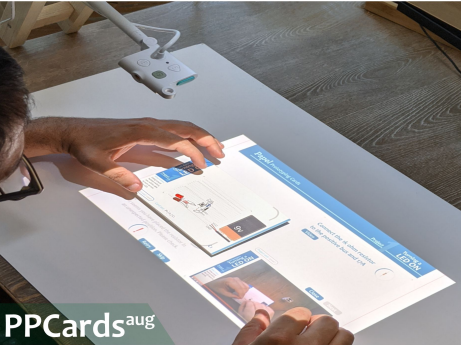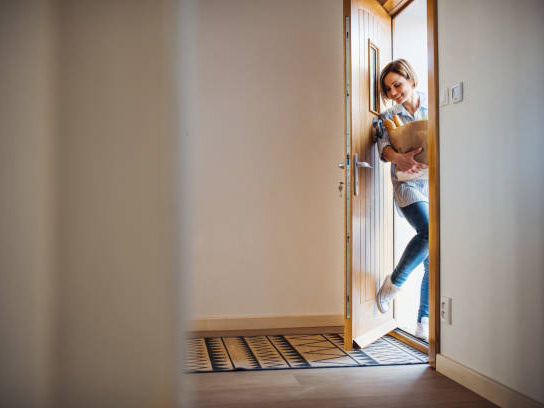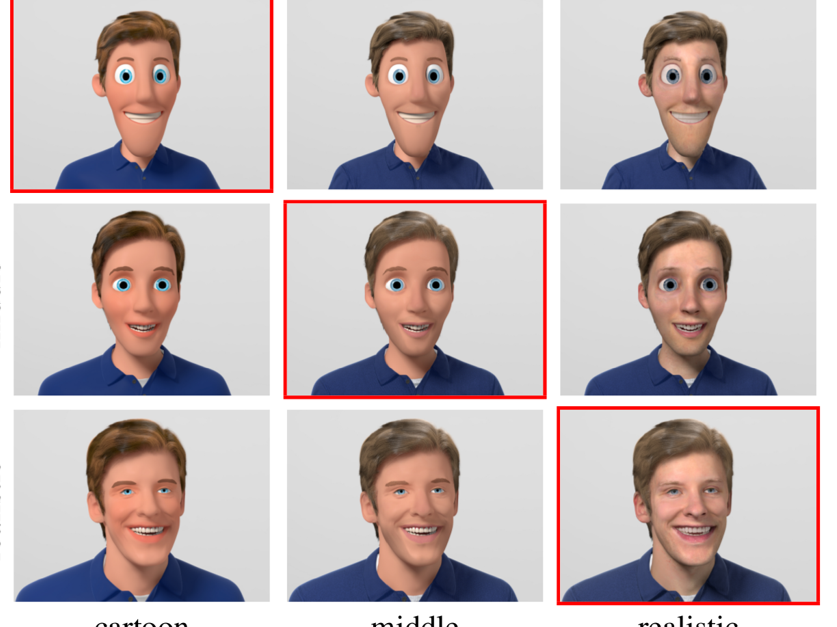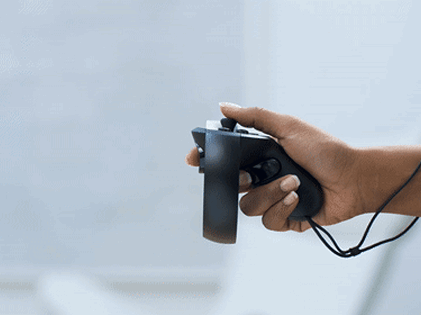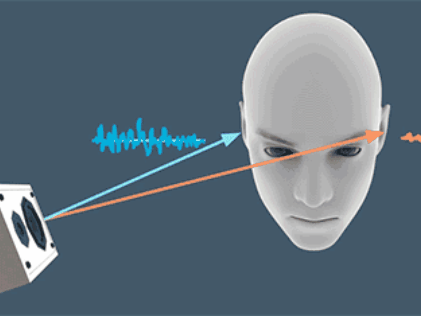GOAL: To explore the feasibility of using audio information to improve distance perception in VR and investigate the calibration of auditory depth perception. Additionally, investigate how calibration effects play out over the long term.
We designed an experiment in which users were immersed in a virtual room that had a series of lightbulbs along the depth of the room. A sound emanated from a distance and users were tasked with choosing the lightbulb that represented where they believed the sound to emanate from. Using a within-subjects study design, participants performed this auditory information based depth judgment task over 25 trials (5 distances of the sound source, each repeating 5 times) in a pre-test phase, a calibration phase, and then a post-test phase. In the calibration phase, users were provided with feedback of their depth judgment accuracy. This allowed us to study if users' auditory information based distance perception can calibrated to improve upon their accuracies. We further went on to study how long these calibrative effects persist by having the same users perform the same tasks after 1 month and after 6 months, giving us an idea of the durability of aural depth perception calibration effects.
Virtual Room with series of lightbulbs.
Depth Judgement Task: Users hear a sound emanating from a certain distance. Their task is to then light up the bulb that they think best represents where they perceive the sound source to be.
